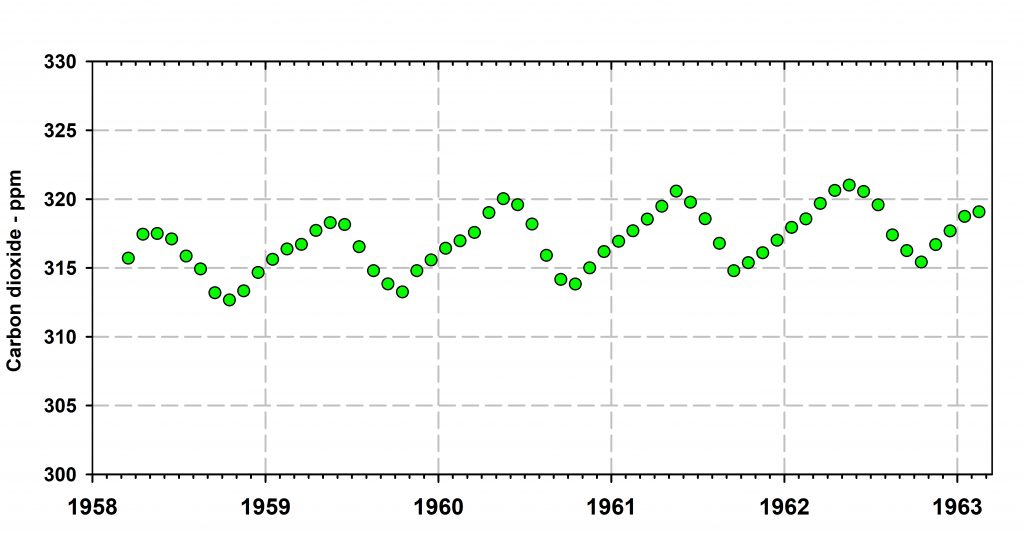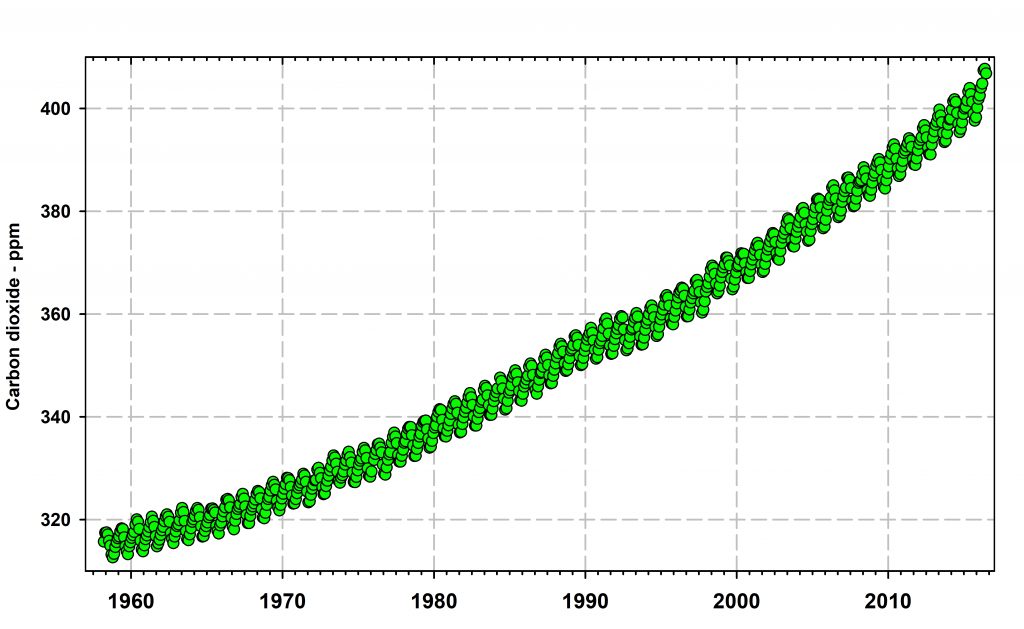The end of another year in retirement and time to clean up the office. So this week I recycled 15,000 reprints – my personal library of scientific papers. I would guess that many young scientists would wonder why anyone would have 15,000 paper reprints when you could have all that on a small memory stick. Hence this blog.
Rule #1 of science: read the literature. In 1957 when I began graduate studies there were perhaps 6 journals that you had to read to keep up in terrestrial ecology. Most of them came out 3 or 4 times a year, and if you could not afford to have a personal copy of the paper either by buying the journal or later by xeroxing, you wrote to authors to ask them to post a copy of their paper to you – a reprint. The university even printed special postcards to request reprints with your name and address for the return mail. So scientists gathered paper copies of important papers. Then it became necessary to catalog them, and the simplest thing was to type the title and reference on a 3 by 5-inch card and put them in categories in a file cabinet. All of this will be incomprehensible to modern scientists.
A corollary of this old-style approach to science was that when you published, you had to purchase paper copies of reprints of your own papers. When someone got interested in your research, you would get reprint requests and then had to post them around the world. All this cost money and moreover you had to guess how popular your paper might be in future. The journal usually gave you 25 or 50 free reprints when you published a paper but if you thought you’d need more then you had to purchase them in advance. The first xerox machines were not commercially available until 1959. Xeroxing was quite expensive even when many different types of copying machines started to become available in the late 1960s. But it was always cheaper to buy a reprint when your paper was printed by a journal that it was to xerox a copy of the paper at a later date.
Meanwhile scientists had to write papers and textbooks, so the sorting of references became a major chore for all writers. In 1988 Endnote was first released as a software program that could incorporate references and allow one to sort and print them via a computer, so we were off and running, converting all the 3×5 cards into electronic format. One could then generate a bibliography in a short time and look up forgotten references by author or title or keywords. Through the 1990s the computer world progressed rapidly to approximate what you see today, with computer searches of the literature, and ultimately the ability to download a copy of a PDF of a scientific paper without even telling the author.
But there were two missing elements. All the pre-2000 literature was still piled on Library shelves, and at least in ecology is it possible that some literature published before 2000 might be worth reading. JSTOR (= Journal Storage) came to the rescue in 1995 and began to scan and compile electronic documents of much of this old literature, so even much of the earlier literature became readily available by the early 2000s. Currently there are about 1900 journals in most scientific disciplines that are available in JSTOR. Since by the late 1990s the volume of the scientific literature was doubling about every 7 years, the electronic world saved all of us from yet more paper copies of important papers.
What was missing still were many government and foundation documents, reviews of programs that were never published in the formal literature, now called the ‘grey literature’. Some of these are lost unless governments scan them and make them available. The result of any loss of this grey literature is that studies are sometimes repeated needlessly and money is wasted.
About 2.5 million scientific papers are published every year at the present time (http://www.cdnsciencepub.com/blog/21st-century-science-overload.aspx ) and the consequence of this explosion must be that each of us has to concentrate on a smaller and smaller area of science. What this means for instructors and textbook writers who must synthesize these new contributions is difficult to guess. We need more critical syntheses, but these kinds of papers are not welcomed by those that distribute our research funds so that young scientists feel they should not get caught up in writing an extensive review, however important that is for our science.
In contrast to my feeling of being overwhelmed at the present time, Fanelli and Larivière (2016) concluded that the publication rate of individuals has not changed in the last 100 years. Like most meta-analyses this one is suspicious in arguing against the simple observation in ecology that everyone seems to publish from their thesis many small papers rather than one synthetic one. Anyone who has served on a search committee for university or government jobs in the last 30 years would attest to the fact that the number of publications expected now for new graduates has become quite ridiculous. When I started my postdoc in 1962 I had one published paper, and for my first university job in 1964 this had increased to 3. There were at that time many job opportunities for anyone in my position with a total of 2 or 3 publications. To complicate things, Steen et al. (2013) have suggested that the number of retracted papers in science has been increasing at a faster rate than the number of publications. Whether again this applies to ecology papers is far from clear because the problem in ecology is typically that the methods or experimental design are inadequate rather than fraudulent.
If there is a simple message here, it is that the literature and the potential access to it is changing rapidly and young scientists need to be ready for this. Yet progress in ecology is not a simple metric of counts of papers or even citations. Quality trumps quantity.
Fanelli, D., and Larivière, V. 2016. Researchers’ individual publication rate has not increased in a century. PLoS ONE 11(3): e0149504. doi: 10.1371/journal.pone.0149504.
Steen, R.G., Casadevall, A., and Fang, F.C. 2013. Why has the number of scientific retractions increased? PLoS ONE 8(7): e68397. doi: 10.1371/journal.pone.0068397.

